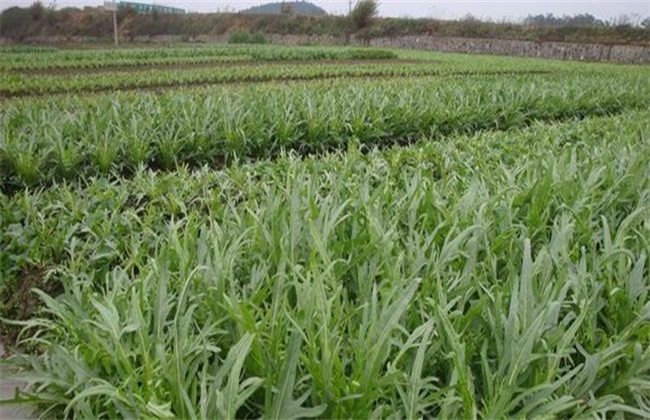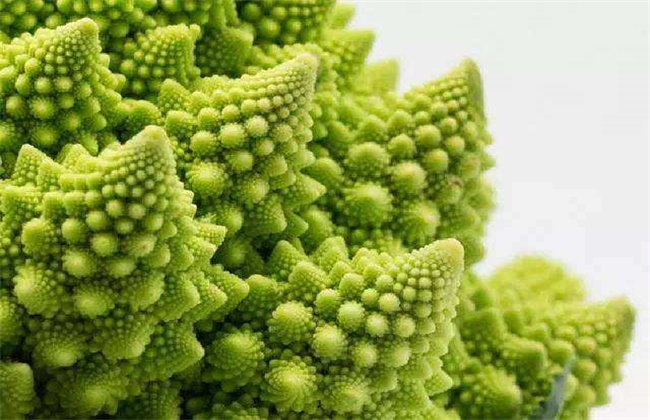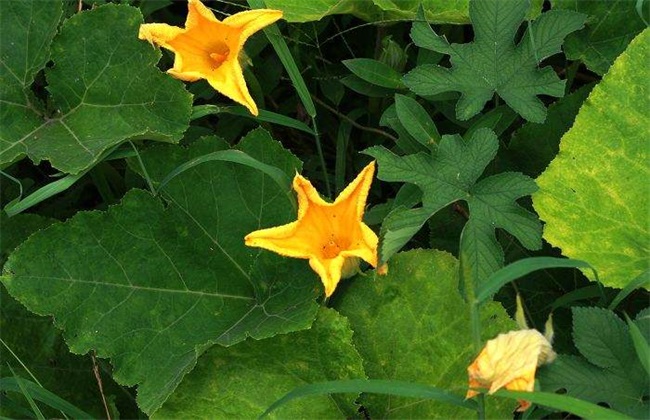Planting techniques of Cephalotaxus
Quma vegetable, also known as borage, is a perennial medicinal plant, can also be eaten as a wild vegetable, generally grows on the slopes of the countryside, the main medicinal value is very high, so it is suitable for artificial cultivation and consumption or for sale. It has strong growth adaptability and good resistance, even it can grow well, but at present, it is necessary to talk about how artificial cultivation can improve its quality through some artificial techniques.

I. seed collection
You can collect wild seeds when the seeds are ripe and choose robust ones for planting. But generally, you can buy some good seeds, and you can keep your own seeds after planting, so you need to collect your own seeds. The seeds should be kept in a sealed and dry environment to reduce respiration and prevent the seeds from being too dry and not sprouting.
II. Site selection
Koji is drought-resistant, saline-alkali-resistant and waterlogging-resistant, so it is suitable for planting in most land, but it is unexpectedly cultivated in pursuit of quality, naturally to provide the best growth environment, such as drought will make the leaves rough and poor quality. Therefore, it is best to choose flat, good soil structure, deep fertilizer conservation, drainage and ventilation, slightly higher slope to plant better.
III. Land preparation
Generally, seeds can germinate at about 5 degrees, and the seed coat is not thick, so you can sow seeds directly without soaking seeds, but before sowing, the soil needs to be completely ploughed, large mud blocks can be released to affect seed germination, and sun soil is needed to prevent the harm of underground pests. It can also be sprayed to kill insects. We also need to dig drains and arrange the irrigation system. As artificial cultivation can reduce the resistance and adaptability of koji, sowing may also require spraying 50% carbendazim wettable powder or 70% topazin wettable powder to prevent bacterial damage.
Fourth, sowing seeds
General planting is the way of sowing, the general seed germination requires a temperature of 18 to 25 degrees is the best, the humidity is about 65%. The sowing plant spacing is about 5 cm, and the row spacing is about 20 cm. Sowing is generally adopted hole sowing, a hole generally sowing 2 to 3 seeds, sowing cover soil is generally about twice the thickness of the seed, about 2 cm thick 1 appearance. It takes about a week to be unearthed, and the temperature can be raised to 30 degrees after it is unearthed. Can not accept strong light after emergence, generally grow better in weaker light.
Through the above introduction, we all know about qu sesame vegetables and how to grow them, so we should probably know how to grow them. If you want to know more about it, you can continue to follow the updates in the future.
Related
- Where is it suitable to grow horseradish in China? it is expected to see the middle altitude horseradish in Alishan.
- How to prevent tomato virus disease reasonably? (Control methods included)
- Many people like to plant towel gourd on the balcony. What are the main points of this method and management?
- What crops can chili peppers be mixed with?
- Fertilization techniques and matters needing attention in Tomato
- What are the grafting techniques for peach seedlings in spring?
- Harm and control methods of root swelling disease of Chinese cabbage
- What are the pests of sweet potatoes? How to prevent and cure it?
- Symptoms, causes and Control methods of navel Rot in Tomato
- The cause of "Cucumber rotten bibcock" in Farmers' planting Cucumber and its Control Plan



